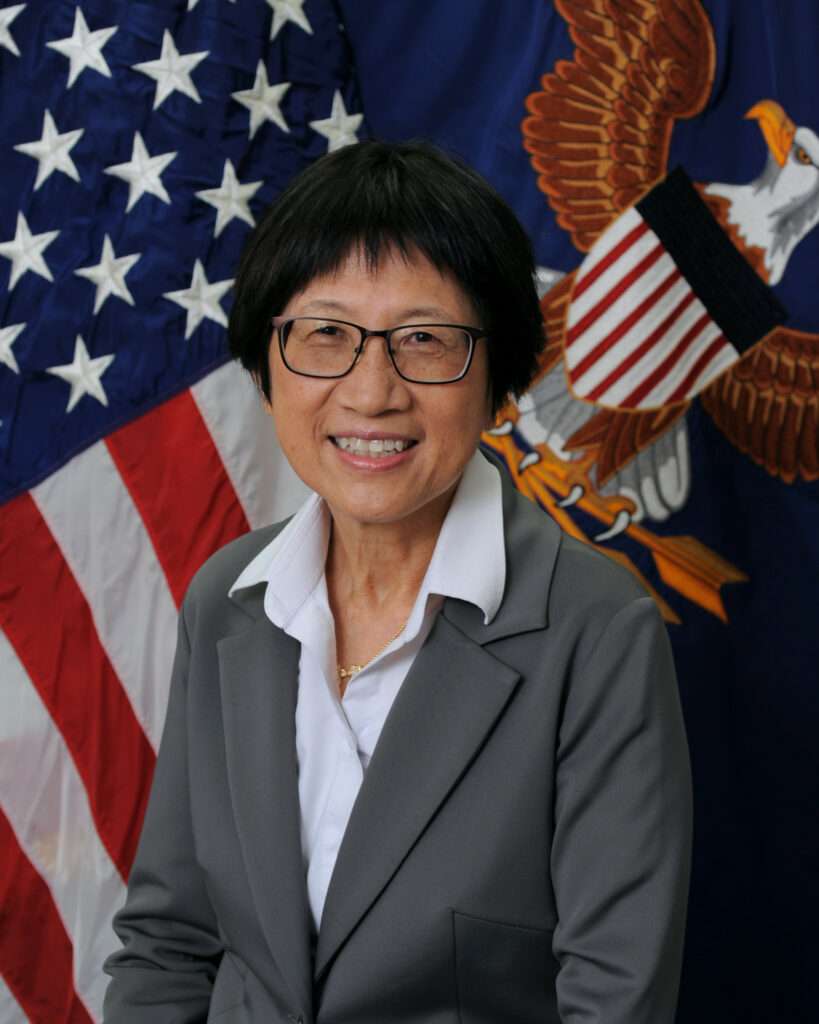In a significant development for maritime security, the United States, Australia and the United Kingdom (AUKUS) completed successful tests of several autonomous and networked systems during a three-week maritime experiment called Autonomous Warrior 24 in Australia.
The event was part of the Maritime Big Play (MBP) initiative and ongoing efforts to develop AUKUS Pillar II capabilities, a trilateral collaboration to improve maritime awareness through network autonomy, decision-making advantages and strike enhancement.
The Maritime Big Play is a series of integrated trilateral experiments and exercises that enhance capability development, improve interoperability, and increase the sophistication and range of autonomous systems in the maritime domain. In 2024, Australia led the Autonomous Warrior event, which is MBP's signature event. Other events associated with the Maritime Big Game included Robotic Experimentation and Prototyping Augmented by Maritime Unmanned Systems (REPMUS); and Technology Readiness Experiments (T-REX).
Through these experiments and exercises, AUKUS partners are further testing and refining the ability to jointly operate unmanned maritime systems, share and process maritime data from all three nations, and provide real-time maritime domain awareness to support decision-making.
Technologies tested during the October event support operations from deep underwater to the frontiers of space. These included software-defined acoustic modems, multi-model autonomous underwater and surface vehicles, and low-cost unmanned surface vehicles. Tests also included a low-cost nacelle that supports upper stratosphere operations with minimal manpower or logistics requirements, and T-200 high-altitude balloons that provide resilient communications in a denied environment from the stratosphere.
A versatile and robust software-defined network architecture called Multi-Domain Uncrewed Secure Integrated Communications (MUSIC) was tested for its ability to enable seamless communication and coordination across different unmanned systems and operating environments. The exercise also introduced the Common Control System (CCS), which is built on an open architecture and provides unmanned assets with hardware and software that operates across several different systems. This effort supports future work to create a common control system, AUKUS, that would combine the best elements of the three countries' existing systems.

"The AUKUS partners have a long history of cooperation in defence and security and have a deep and lasting partnership based on shared values," said the Under Secretary of Defense for Research and Engineering Heidi Shyu. "By investing in new and innovative capabilities that are directly aligned with AUKUS' mission priorities, as well as future advances in new technologies such as artificial intelligence and quantum technologies, we are fostering a more stable region - a world where all nations are free to make their own sovereign decisions without coercion - a world centered on the hope of future opportunity and prosperity."
Pentagon/ gnews - RoZ
PHOTO - joint-forces.com



